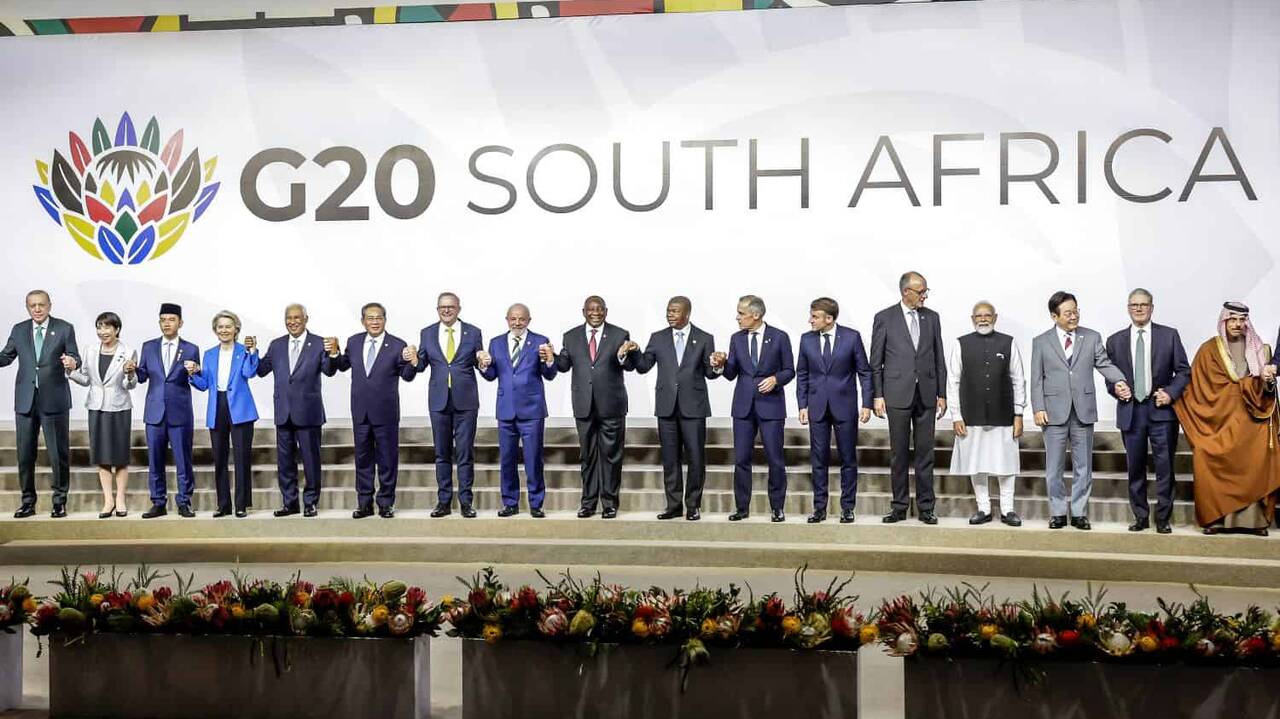Sky Sports, We Dont Need Glittery Fonts To Understand Sports
Medium | 24.11.2025 09:35
Sky Sports, We Dont Need Glittery Fonts To Understand Sports
7 min read
·
4 hours ago
--
The women who fought for the Title IX didn't storm the barricades so their daughters could watch dumbed-down sports on a bedazzled channel called "Lil Sis"
There's a specific kind of corporate condescension that comes wrapped in pastel packaging and glittery fonts, and Sky Sports has apparently decided this is exactly what women need to understand the offside rule.
When I first saw the promotional material for Sky Sports Halo—the “Lil sis” of Sky Sports—I thought I’d stumbled into a satire. Surely no one actually believed that women required a separate, simplified sports channel with aesthetics borrowed from a tween’s bedroom wall. Surely we hadn’t circled back to the Victorian notion that our delicate constitutions couldn’t handle the raw intensity of... watching football.
But here we are.
I keep thinking about the women who came before us. The ones who had to fight for the right to even enter sports stadiums as spectators, who were barred from press boxes, who had to sue universities for equal access to athletic programs. Kathrine Switzer, who in 1967 had a race official physically try to rip the number off her back during the Boston Marathon because women weren't allowed to run. Billie Jean King, who had to beat Bobby Riggs in the "Battle of the Sexes" just to prove women's tennis deserved to exist. The Title IX activists who understood that access to sports wasn't frivolous—it was fundamental.
What would they say if they could see Sky Sports Halo?
Actually, I think I know. They'd probably say something like: "We already did this. We already fought this exact battle. Why are you letting corporations repackage our exclusion as 'empowerment'?"
Because that’s what this is, isn’t it? A repackaging. The glitter is new, but the assumption underneath—that women need sports explained differently, more gently, with more pastels and less complexity—is ancient. It’s the same paternalism that kept women out of sports journalism for decades, the same logic that suggested women’s brains couldn’t handle the tactical nuance of a chess match or the strategic complexity of cricket
I watch sports the same way I read Virginia Woolf—with full attention to the complexity, expecting to be challenged, wanting to understand the architecture beneath the surface. When I'm watching a match, I'm not thinking, "Gosh, I wish someone would explain this more simply, preferably in a font that sparkles." I'm thinking about formations, about the psychology of momentum shifts, about why that particular substitution changed everything. I'm thinking the same thoughts as everyone else in the room, regardless of gender.
The creation of Sky Sports' Lil Sis feels particularly galling. "Lil Sis" suggests not just difference but hierarchy, diminishment, a lesser-than status baked right into the branding. It's sports with training wheels. Sports with all the sharp edges sanded down. Sports that won't challenge you too much, because challenging women is apparently a bridge too far for Sky's marketing department.
There are real barriers to women's engagement with sports culture. The casual sexism in commentary. The way women's sports get a fraction of the coverage despite equal or superior athleticism. The persistent pay gaps. The lack of women in coaching and management positions. These are actual problems that require actual solutions.
Creating a separate channel with glittery fonts solves precisely none of them.
In fact, it reinforces the very structures that created those barriers in the first place. The problem is women themselves—their inability to engage with sports "as is." Therefore, the solution is segregation disguised as accommodation.
I think about this whenever I'm at a pub watching a match, surrounded by fans of all genders shouting at the screen with equal passion and equal fluency in the language of the game. Or when I'm reading tactical analysis written by women journalists who've forgotten more about football than most pundits will ever know. The idea that we need a separate, simplified channel seems absurd in those moments—not just offensive, but factually incorrect about how women actually engage with sports.
There’s a scene in A League of Their Own where Tom Hanks’s character tells his team, "There’s no crying in baseball." It’s meant to be about toughness, but I’ve always read it differently. It’s about the way women in male-dominated spaces are constantly told there’s a right way and a wrong way to belong—and the right way always seems to involve becoming less visible, less demanding, less present. The baseball diamonds were the same size for the women’s league as they were for the men’s. The rules were the same. The only thing that was different was the assumption that women couldn’t handle the real thing.
Sky Sports Halo makes the same assumption, just with better production values.
What I find most frustrating is the missed opportunity. If you genuinely wanted to create sports programming that served an underserved audience, you could do so much more than slap some glitter on existing content and call it innovation. You could hire more women analysts and commentators for your main channels. You could increase coverage of women's sports—not as a novelty, but as equally worthy of serious tactical analysis. You could examine the structural barriers that keep women out of sports leadership. You could do the actual work of inclusion rather than the performance of it.
But that would require recognizing that the problem isn't women's capacity to understand sports. The problem is an industry that has consistently underestimated, underpaid, and undervalued half the population's engagement with something they claim to care about: the beautiful game itself.
I've been trying to understand the impulse behind this—not to excuse it, but to understand it. And I think it comes from a place of fundamental misunderstanding about what women want. The marketing probably went something like this: "Women feel excluded from sports culture. How do we include them?" And instead of asking actual women what barriers they face, someone in a boardroom decided the answer was aesthetic. Make it prettier. Make it softer. Make it less intimidating.
It’s the same logic that gives us "lady pens" and "boyfriend jeans"—this bizarre corporate feminism that thinks liberation comes through purchasing power and brand identity rather than actual systemic change. It’s empowerment as a marketing strategy, equality as product differentiation.
The thing is, I don't need sports dumbed down for me. I don't need a "lil sis" version of anything. I need the actual thing, presented with the same complexity and respect afforded to everyone else. I need analysis that assumes I'm paying attention, that I've watched enough matches to understand tactical evolution, that I'm capable of appreciating both the beauty and the brutality of high-level competition.
When I watch sports, I'm not looking for a gentler version of reality. I'm looking for reality itself—the full, complex, sometimes frustrating, often exhilarating experience of watching human beings push themselves to their limits. I want to understand the tactics. I want to see the replays. I want the same commentary everyone else gets, with the assumption that I'm capable of understanding it.
Is that really so much to ask?
I think about Kathrine Switzer running that marathon with a man trying to physically remove her from the race. I think about every woman who fought for access—not to a lesser version, not to a simplified alternative, but to the real thing. And then I think about Sky Sports Halo with its glittery fonts and its assumption that women need sports repackaged for our delicate sensibilities.
It feels like a betrayal.
So no, Sky Sports, we don't need Halo. We don't need Lil Sis. We don't need glittery fonts or dumbed-down analysis or a separate-but-equal approach to sports coverage. We need you to recognize that we've been here all along—in the stadiums, in the pubs, in the press boxes, watching and analyzing and caring about sports with the same intensity as everyone else.
We need you to catch up.
Because here's what the women before us would say, I think: they'd say they didn't fight for access to a lesser version. They fought for access to everything. They didn't storm those barricades, endure that mockery, file those lawsuits, and change those laws so that their daughters and granddaughters could be offered a participation trophy version of sports culture.
They fought so we could have the real thing. And somehow, decades later, we're still having to explain that glitter and condescension aren't what liberation looks like.
The women who came before us deserved better. And so do we. We deserve sports coverage that assumes we're paying attention—because we are. We've always been paying attention. It's about time someone at Sky Sports noticed.









